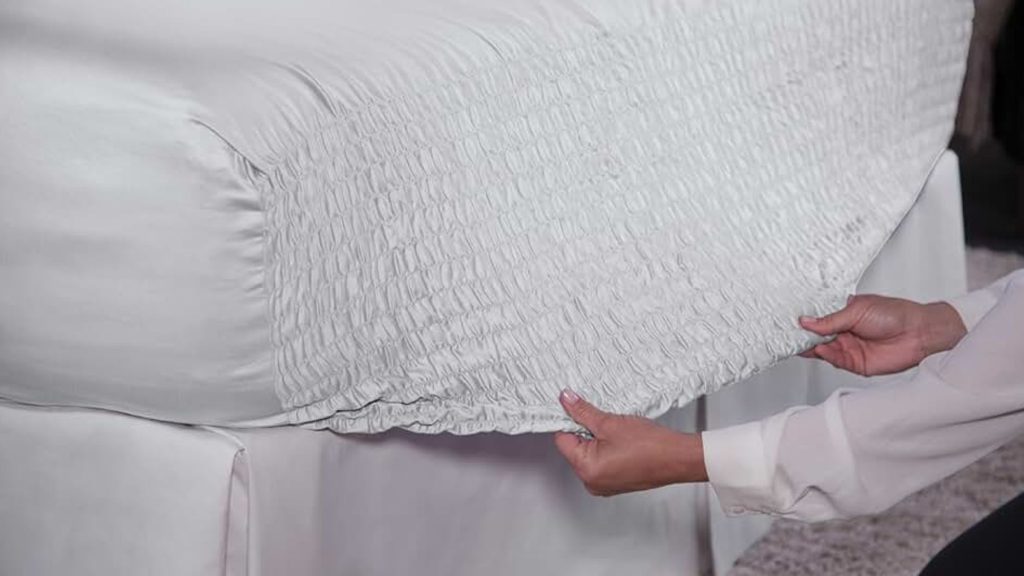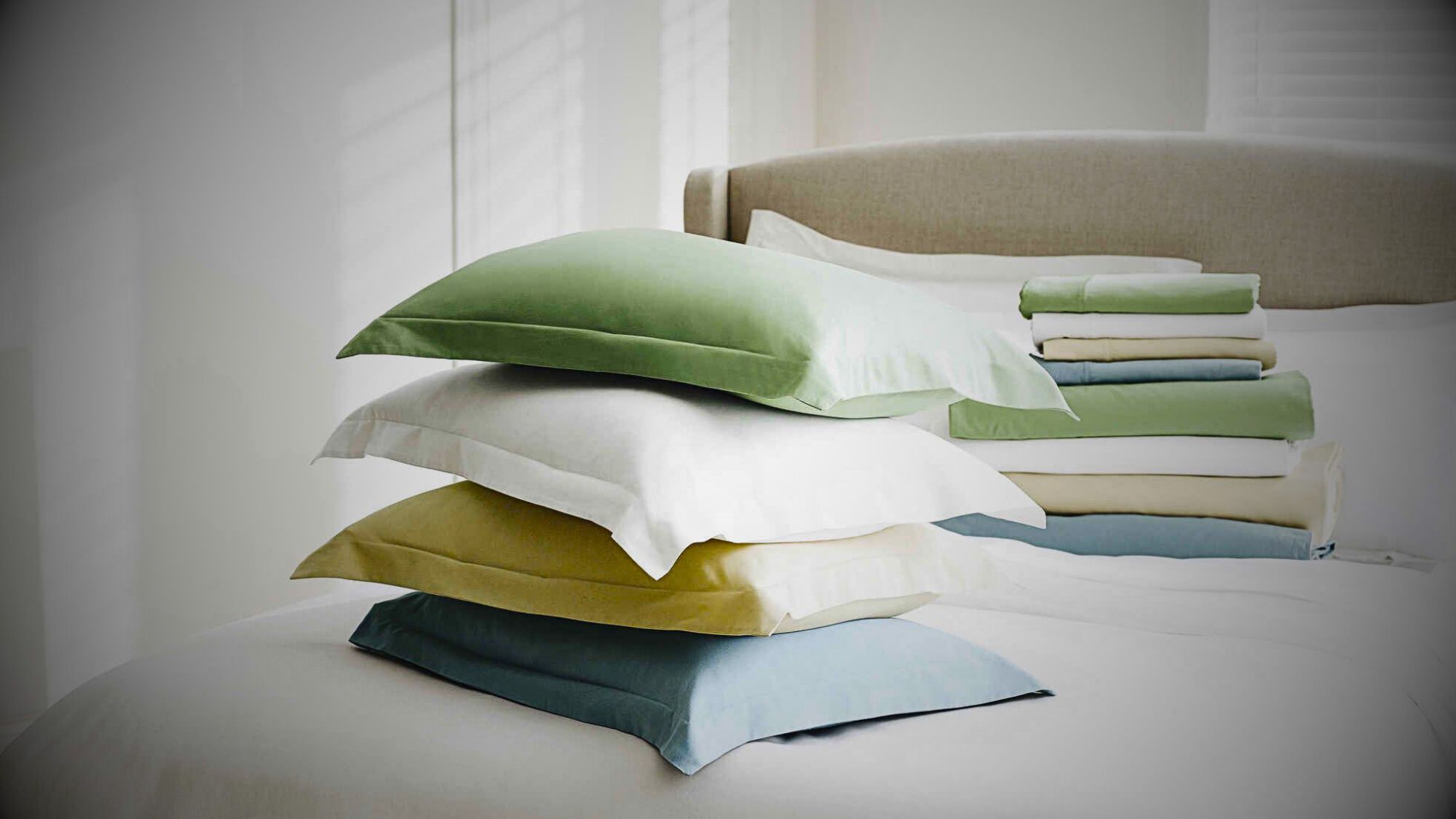Purchasing new sheets and bedding is an enjoyable experience that can swiftly rejuvenate your bedroom’s appearance. However, it can also become a bit bewildering when faced with a multitude of choices, especially when you stumble upon duvets for sale. It is of utmost importance to select the appropriate bedding materials to ensure a tranquil and cosy night’s sleep.
These bedding materials influence the bedroom’s visual appeal and determine the comfort and warmth required for a restful slumber. Making the right selection contributes significantly to your overall sleep quality and the ambience of your sleeping space. Therefore, it’s essential to navigate the options thoughtfully to create an inviting and comfortable haven in your bedroom. In this essay, we will explore the most common bedding materials, discussing their characteristics.
Cotton:
Cotton is the reigning favourite among bedding materials, and it’s easy to see why. Perfect cotton luxury bed linen offer superb airflow and moisture-wicking properties for an uninterrupted night’s rest. Experts recommend elevating the experience with organic cotton, prized for its breathability due to the absence of pesticides. Organic cotton’s longer-staple fibres result in an even softer and more breathable fabric.
Whether organic or not, cotton sheets and pillowcases are cherished for their year-round comfort, staying cool in summer and warm in winter, and they come in a variety of styles and thread counts. Nevertheless, premium cotton can come with a higher price and wrinkle more easily without proper care.
Linen:
Linen, derived from the fibres of flax plants’ stems, offers a unique set of qualities. Linen sheets, pillowcases, and duvet covers are not only enduring but also possess hypoallergenic properties. Their breathability and moisture-wicking capabilities make them a top choice for those who tend to sleep hot.
What sets linen apart is its tendency to grow softer and sturdier with each use, providing an increasingly cosy and inviting feel over time. While linen boasts natural antibacterial attributes, it’s worth noting that it does tend to wrinkle, a characteristic that may be embraced by some but not others. Additionally, its elegance and durability come with a slightly higher price point compared to alternative bedding materials.
Silk:
Silk embodies pure luxury with its buttery softness, feather-light texture, and unmatched elegance for a perfect physical intimacy to cuddle with your partner. Beyond its opulent feel, silk boasts remarkable temperature-regulating properties. It can retain warmth close to the skin while remaining refreshingly cool due to its high infrared light emissivity. The inherent smoothness of silk minimises friction against hair and skin, appealing to sex desire.
Particularly beloved by women, silk offers benefits such as reducing rosacea, frizz, and wrinkles. Its gentle nature even accommodates those with skin conditions like eczema or sensitivity, making it a universal symbol of comfort and sophistication.
Bamboo:
The rising popularity of bamboo as a bedding materials stems from its creation using bamboo pulp, processed either physically or chemically. In both methods, bamboo cellulose is extracted, spun into threads, and woven into the fabric, typically known as viscose or rayon, which can originate from various sources besides bamboo.
Bamboo viscose offers a luxurious experience with its soft, smooth, and silky texture while excelling in temperature regulation and moisture-wicking. It’s also renowned for its environmentally friendly due to bamboo’s sustainable growth, characterised by rapid maturation, minimal water requirements, and freedom from chemical pesticides or fertilisers. Moreover, bamboo contributes to carbon absorption and oxygen production, bolstering its environmental credentials.
Flannel:
Flannel bedding materials are a cherished choice, celebrated for its exceptional warmth and irresistibly cosy texture, making it the ultimate companion for chilly winter nights. Crafted primarily from cotton or a cotton blend, flannel is distinguished by its raised nap, which lends a plush and insulating quality to its surface.
While flannel sheets cocoon you in warmth during the winter, their exceptional insulation may prove too toasty for summer slumber. As a seasonal bedding materials option, flannel brings a delightful touch of comfort and snugness to the colder months, ensuring a snug and peaceful night’s rest.
Microfiber Bedding Materials:
Microfiber, at its core, consists of finely woven polyester threads. Its stain-resistant nature makes it an excellent choice for households with kids, those who enjoy eating in bed, or pet owners who share their sleep space with furry companions.
While softer than standard polyester, it doesn’t match cotton’s breathability, rendering it ideal for colder climates. Microfiber’s durability and ease of care also make it a practical option, catering to various preferences and lifestyles, especially when a cosy, easy-to-maintain bedding materials choice is desired.

The choice of bedding materials is a personal preference that depends on factors such as climate, comfort, and style. Cotton, linen, microfiber, and flannel are among the most common bedding materials, each with its unique characteristics and advantages.
When selecting bedding materials, consider your sleep needs, climate, and budget to find the perfect combination of comfort and style for your bedroom. Ultimately, the right bedding material can transform your sleep experience and enhance the overall ambience of your sanctuary. Sweet dreams await those who choose wisely.
